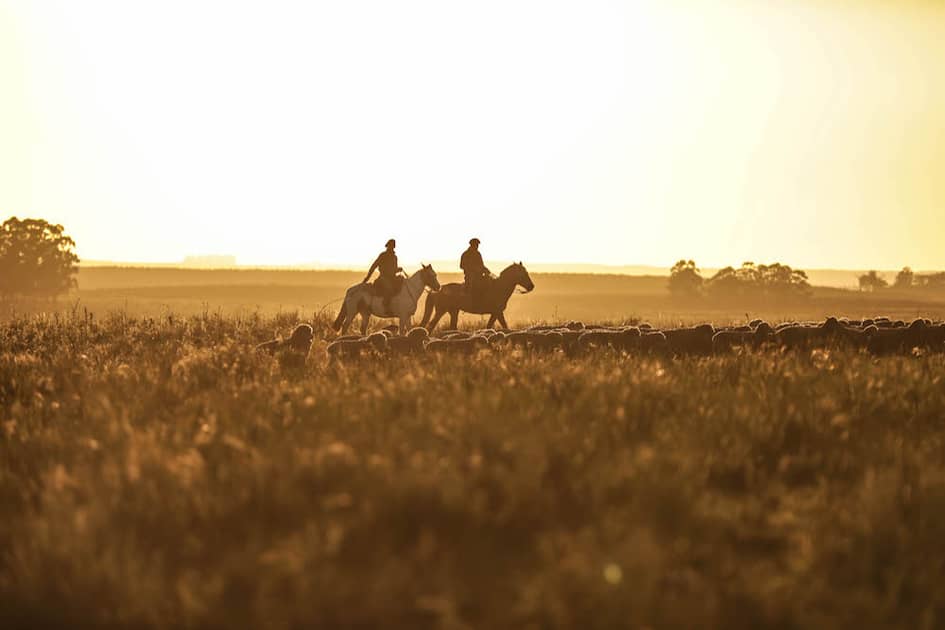Ba&sh, regenerative farming Credits: Ba&sh
French contemporary brand Ba&sh is partnering with Nativa on a new project to help develop and finance regenerative farming practices for farms in Uruguay.
As part of the agreement, Ba&sh will incorporate regenerative wool from these farms into its future knitwear collections and as part of its increased efforts to protect biodiversity and reduce its carbon footprint, it has also set a goal of using 30 percent of regenerative or transitioning wool into its collections by the end of 2025.
The move will require a “new creative process that starts with the yarn,” and a reimagining of creative and logistical processes, such as working with its supply chain to align with the farming calendar. For instance, wool obtained at the end of summer 2023 will be used in the 2024 winter collections.
Pierre-Arnaud Grenade, chief executive of Ba&sh, said in a statement: “By partnering with the Nativa Regenerative Agriculture Programme, we hope to foster a more demanding and innovative relationship between the fashion industry and its agricultural partners.
“We are aware of the need to make further progress in certain areas to make fashion more environmentally friendly and respectful of life on our planet. Our approach to today’s burning issues involves taking a holistic view, and regenerative agriculture meets all these criteria.”
Ba&sh added that six out of nine planetary limits “have been breached, particularly relating to the change of use of soil,” and working with Nativa will support soil regeneration, protection of biodiversity, elimination of synthetic inputs, improving social equity and the economic situation of farmers as well as animal welfare.
The Nativa Regenerative Agriculture Programme requirements are built on a triple-impact system, based on scientific research, and includes introducing perennial grasses into natural pastureland to produce higher quality food for sheep and provide the local ecosystem with living roots, as well as reintroducing native tree species to provide shade for sheep and shelter for other wildlife, and to promote biodiversity. It also requires restoration of the local ecosystem and biodiversity by using streams, natural riverbanks and drinking troughs.
http://dlvr.it/SzCD8B

No comments:
Post a Comment